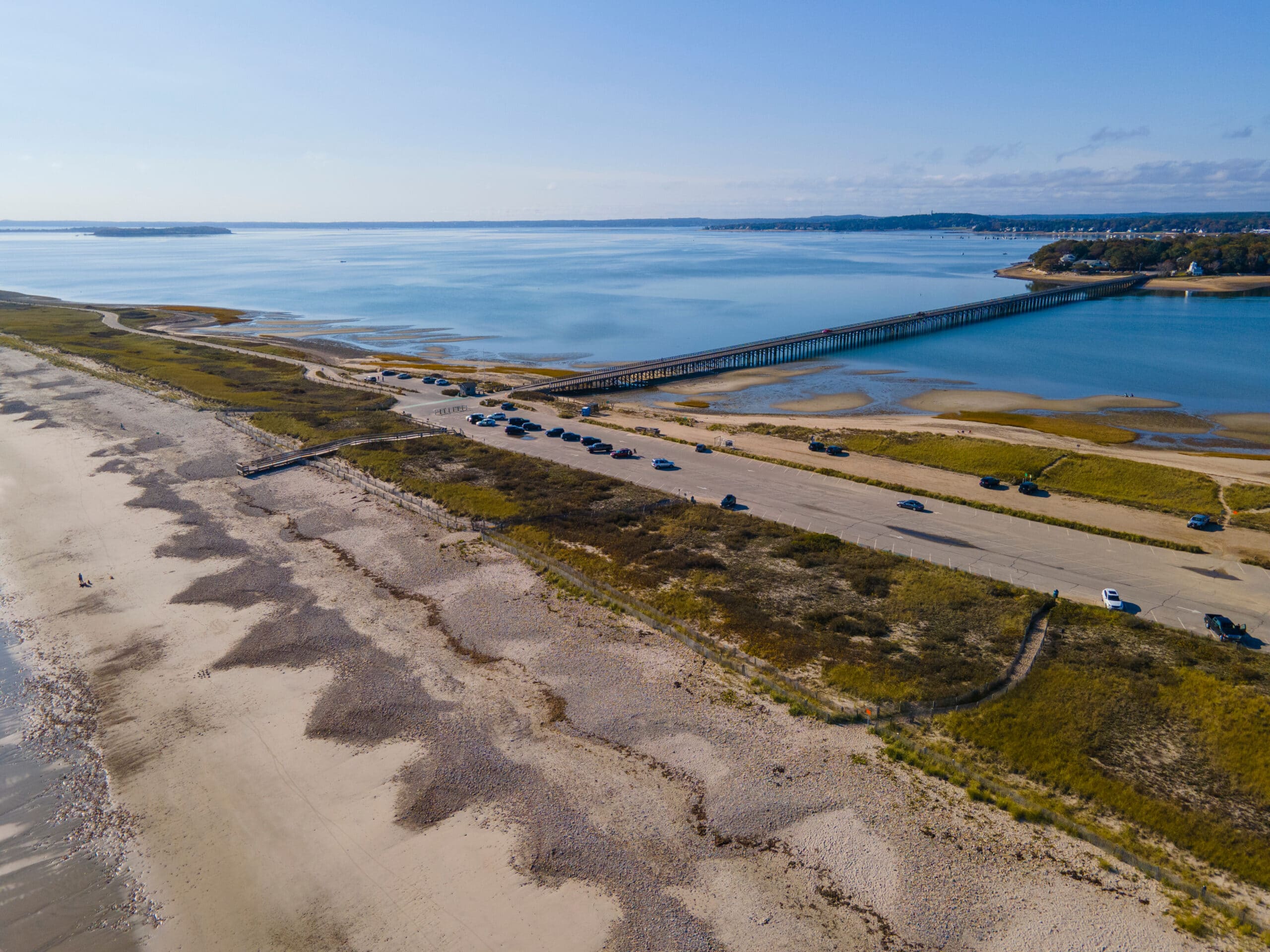
If you’ve ever been to Duxbury, MA, and been on a boat, you know how important it is to keep within the channel markers or risk running aground. It’s a perfect place to grow oysters with its plentiful flats and twice-a-day tides rinsing in and out of the Atlantic.
It also happens to be where C. Raymond Hunt grew up and, at an early age, was known as a sailing prodigy. Racing within the ever-changing depths of the harbor, Hunt was masterful at reading the wind and current and maneuvering the centerboard like a guitarist plays chords. As he got older, it was said, he could smell the air for changes and use that “feel” to his advantage.
Junior sailing was a big deal in the 1920s, covered regularly by The Boston Globe and New York Times. After one win, Hunt and his two crew members were invited to shake hands with the President of the United States, Calvin Coolidge, who was summering nearby, and who also happens to be my favorite.
When Hunt designed the one-class sailboat, the International 110, shaped like a cigar, he envisioned a hard chine. The chine is where the side of the boat meets the hull. A hard chine forms a right angle. In Hunt’s mind, he could see that when healing over, this hard chine would create a V, allowing the hull to knife through light chop. It turned out, he was right.
Action Line: You don’t need to be a boat designer to be creative. Sometimes it’s simple concepts that can work wonders for generations. When you want help designing your retirement life, let me know. Email me at ejsmith@yoursurvivalguy.com. And click here to subscribe to my free monthly Survive & Thrive letter.
Read more about Hunt here:
- A Wide White Road, Key West, and Boat Races (Part 3)
- Your Survival Guy: Hunt Built a Better Boat (Part 2)
- Your Survival Guy: Hunt Built a Better Boat
Originally posted on Your Survival Guy.
